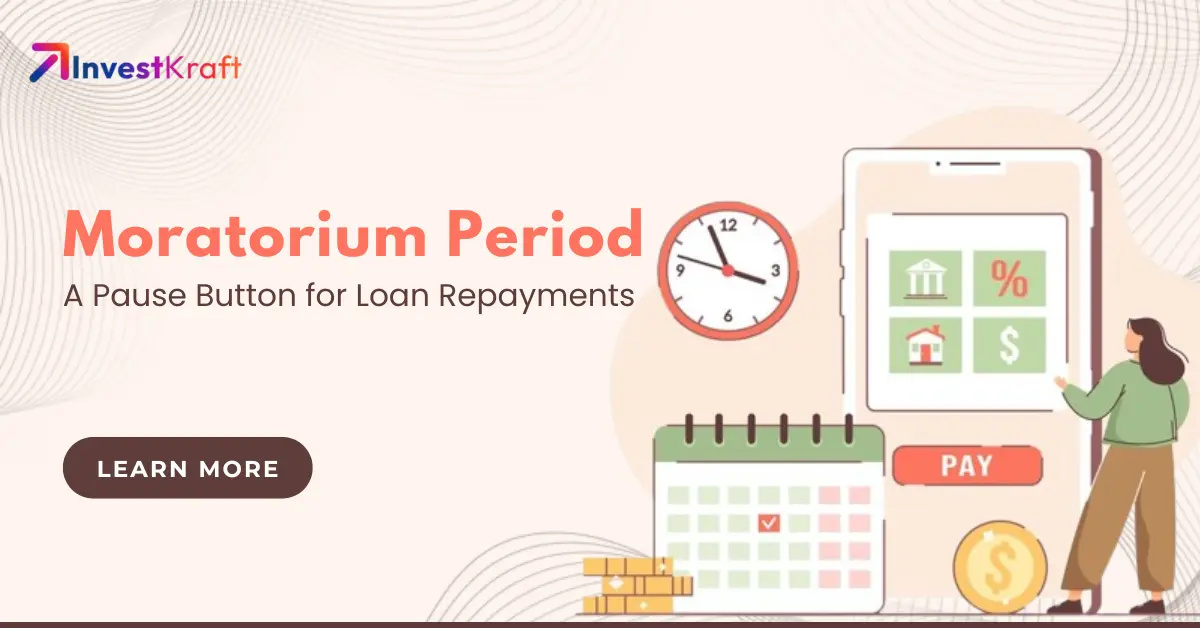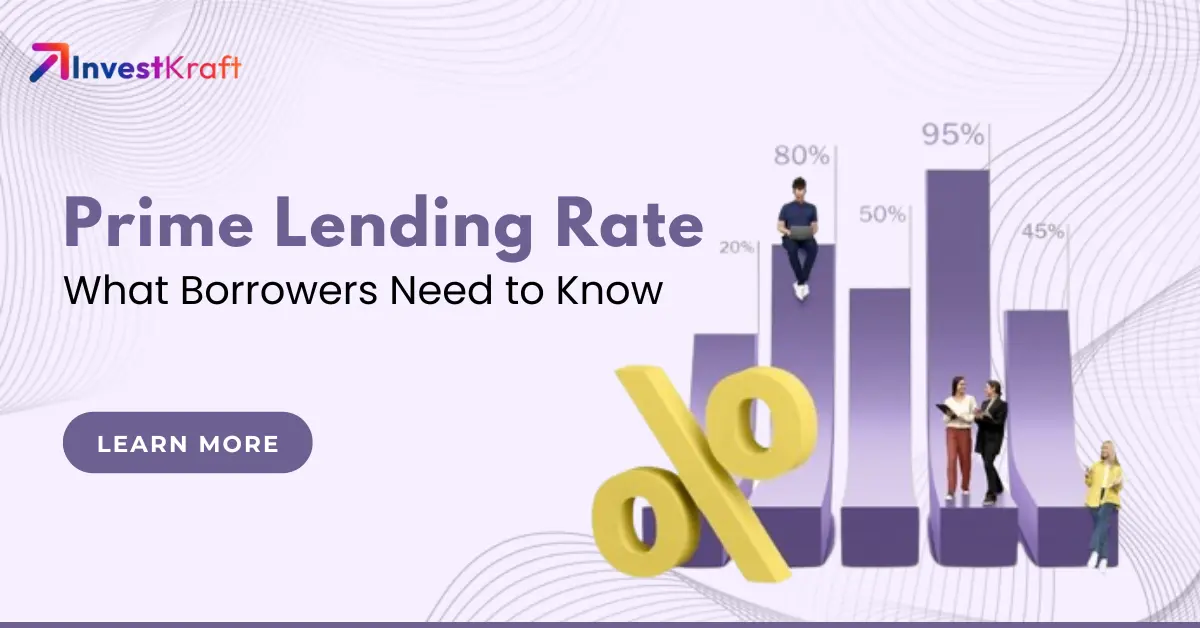How to Calculate Interest Rate On a Loan

How to calculate interest rate on a loan, The amount that a depositor is expected to earn on a principal amount at a predetermined rate, or the amount that a borrower is required to pay, is referred to as "interest on loan." This amount is known as the rate of interest, and the formula for interest can be obtained by multiplying the interest rate by the principal amount that is still owed and the length of the loan or deposit.
The Formula for Interest Calculation
The formula to calculate interest on a loan is:
Interest on Loan = P * r * t,
Whereas,
P = Outstanding principal amount
r = Rate of interest
t = Tenure of loan/deposit
When interest is paid on a periodic basis (monthly, quarterly, etc.), the interest payment equation may be found by multiplying the principal amount owed by the interest rate and then dividing the result by the total number of periodic payments made in a year.
In mathematical terms, the interest can be calculated using the below formula.
Interest on Loan = P * r / N
Whereas,
P = Outstanding principal amount
r = Rate of interest
N = No. of periodic payments per year
Step-wise procedure to calculate interest on a loan
- First, ascertain the loan or deposit's outstanding principal amount, represented by the letter "P." Please remember that the amount at the start of the year represents the outstanding principle.
- Next, determine the interest rate (represented by the letter "r") for the specified loan or deposit.
- Next, determine the loan or deposit tenure, indicated by the letter "t." The amount of years left until the facility reaches maturity is known as its duration.
- Lastly, as seen below, the interest may be calculated by multiplying the principal amount that is still owed, the interest rate, and the loan or deposit's term.
The Importance of Calculating Interest On a Loan
Understanding how to calculate interest rates on loans is crucial as it plays a pivotal role in every company's revenue statement. It may impact costs through interest paid on debt or influence revenue through interest received on investments. Therefore, for effective financial performance management, a corporation should allocate sufficient resources to determine the interest on both invested (return on investment) and borrowed money (cost of funds). Now, let's delve into how to calculate interest rates on loans.
Read More: Benefits of Taking Personal Loan For Short Term
Factors That Affect Loan Interest Rates
Loan type: The cost of some debts is higher than that of others. While student loans and mortgages are often more reasonable, credit cards and payday loans have infamously high-interest rates.
Market conditions: Banks' interest rates for various loan products are determined by the Federal Reserve, which also sets monetary policy for them.
Lender: Simply put, certain lenders have higher interest rates than others. Rates from credit unions and Internet lenders are frequently less expensive than those from traditional banks.
Collateral: Interest rates on loans requiring collateral, or valuable items that the lender may seize in the event of a default, are often lower than those on loans without collateral.
Credit: Lenders can determine your credit management skills based on your credit score. Generally speaking, your interest rate will be lower the higher your credit score.
Term length: Interest rates for longer-term loans are usually higher than those for shorter-term loans.
Loan amount: A transaction is riskier the more you borrow. For this reason, lenders typically impose higher interest rates on greater loan amounts.
Additionally, it's important to be aware of how to calculate interest rates on a loan. This involves understanding the total cost of a loan based on the principal amount, interest rate, and loan duration.
Also Read: How To Get Personal Loan On Salary Slip In 2023
FAQs
What Elements Influence the Interest Rates On Personal Loans?
An individual's personal loan interest rate is determined by a number of factors. These comprise the monthly income of the borrowers, their credit score, their repayment history, their debt-to-income ratio, and their connection with the lender. Make sure all of these characteristics are in excellent health in order to get a good interest rate on your personal loan and lower the cost of borrowing.
What Distinguishes Compound Interest From Simple Interest?
On the principal amount of your loan, simple interest is computed. On the other hand, the initial loan amount and the interest accrued over the course of the loan's compounding cycle are used to calculate compound interest.
How Can I Figure Out Interest Rates?
Interest = Principal × Rate × Tenure is the formula used to compute interest rates. The interest rate on loans or investments may be found using this formula.
The Conclusion
The greatest way to locate the cheapest loan is to browse around and compare interest rates. To find out how much interest you'll pay each month and over the course of your loan, enter the offer into the loan interest calculator below once you've been prequalified and given possible terms.
Verify Phone Number
Related Post
.webp)
Top Instant Personal Loan Apps in India 2025: Get Fast Cash with These RBI-Approved Apps
Need money today? No time for bank visits and paperwork? Welcome to 2025, where your smartphone is y...
Read more...
How Does the Moratorium Period Act as a Life Raft for Borrowers?
Financial jargon, whether taking a loan or opening a bank account, can be confusing and tricky. Thes...
Read more...
New to Credit? Stop Worrying and Build Your Credit with These Essential Tips
Establishing and maintaining a healthy credit score can seem overwhelming, particularly for new borr...
Read more...
Prime Lending Rate: A Friend or Foe for Borrowers?
When purchasing items on credit, it is common to need a financial investment and many turn to loans...
Read more...
Top 10 Foreign Banks in India 2025
Foreign banks bring crucial international expertise and capital to India’s BFSI industry, benefiting...
Read more...
Top 10 P2P Lending Companies in India 2025
Peer-to-peer lending, or P2P lending, offers a way for individuals to borrow and lend money without...
Read more...
Complete List of Cooperative Banks in India 2025 – Urban & Rural Co-ops Banks
The role of cooperative banks in a rapidly growing nation like India is of crucial importance. The c...
Read more...
Complete List of Regional Rural Banks (RRBs) in India 2025 – Services & Functions Explained
Established on the recommendations of the Narasimhan Working Group in 1975, Regional Rural Banks (RR...
Read more...
Top 10 Small Finance Banks (SFBs) in India 2025
Small Finance Banks aim to empower marginalized groups in society, including small businesses, margi...
Read more...
Top 5 Payment Banks in India 2025
In recent years, India's banking landscape has undergone a significant transformation with the adven...
Read more...Reach out to our Experts if you have any Doubts
Like the best things in life, Consultations @InvestKraft are free
Drop a Mail or give us a Missed Call & Begin your Investment Journey here






